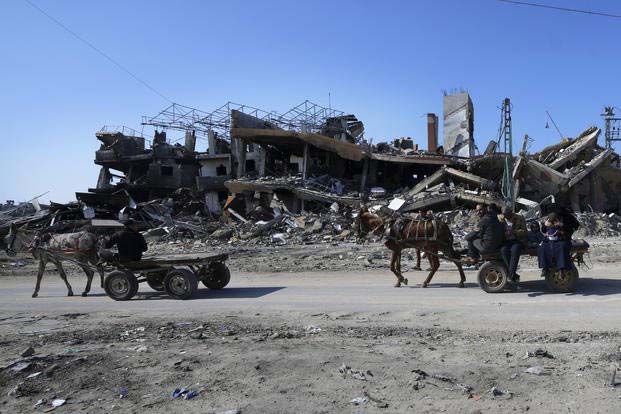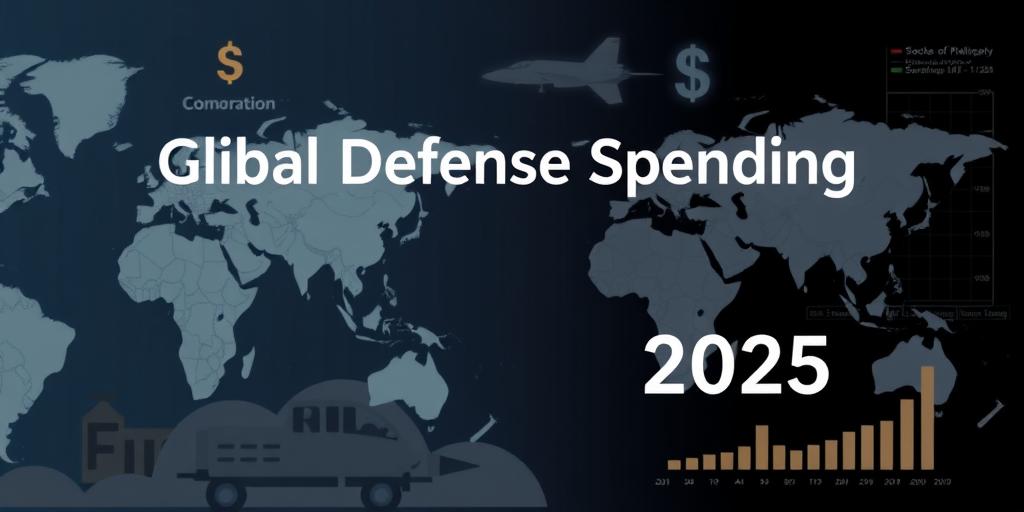“UN Aid Delivery Scandal: Israel’s Allegations Against Hamas Examined”
<p>In the tumultuous realm of geopolitical tensions, the city of Rafah finds itself at the epicenter of a complex narrative. Assertions from Israel regarding the diversion of UN aid by Hamas lack specific evidential backing, casting doubt on the legitimacy of the claims. Moreover, the targeted elimination of Gaza police commanders, entrusted with the protection […]</p>

“UN Aid Delivery Scandal: Israel’s Allegations Against Hamas Examined”
In the tumultuous realm of geopolitical tensions, the city of Rafah finds itself at the epicenter of a complex narrative. Assertions from Israel regarding the diversion of UN aid by Hamas lack specific evidential backing, casting doubt on the legitimacy of the claims. Moreover, the targeted elimination of Gaza police commanders, entrusted with the protection of aid-laden convoys, has exponentially heightened the risks associated with distributing essential goods, rendering the process perilous.
A recent barrage of airstrikes in central Gaza has left a harrowing toll, claiming the lives of over 40 individuals, including innocent children, and inflicting injuries on at least 50 more, as reported by journalists from the Associated Press and corroborated by hospital officials. This relentless violence not only exacerbates the already dire humanitarian crisis but also raises questions about the methods employed in pursuing strategic objectives.
David Satterfield, the specialized envoy for humanitarian concerns in the Biden administration, has publicly criticized Israel for the absence of concrete evidence supporting the allegations of aid diversion by Hamas. The departure of police escorts, following Israeli strikes, has created a power vacuum, allowing criminal elements to target aid convoys with increasing impunity. Lawlessness, coupled with protests at entry points, has disrupted the seamless delivery of much-needed assistance.
Collaborative efforts between the U.S. and Israeli authorities are underway to explore viable solutions to this multifaceted challenge. Satterfield emphasizes the imperative need for security escorts to restore a semblance of order, acknowledging that the absence of such measures hampers the continuous flow of assistance. The lack of presented evidence by Israeli officials regarding diversion or theft of UN aid further complicates the situation, with Satterfield suggesting that militants may have their vested interests in manipulating the distribution channels.
Even before this recent setback, the U.S. had expressed dissatisfaction with the inadequacy of aid reaching Gaza. The disproportionate concentration of Gaza’s population, particularly in the southern city of Rafah, has led to increased vulnerability, with Israeli airstrikes compounding the threats faced by the populace.
Israel’s extensive air and ground offensive, triggered by a Hamas attack on October 7th, has resulted in staggering casualties, with health authorities in the Hamas-run enclave estimating nearly 29,000 Palestinian lives lost. The pervasive destruction, displacement of 80% of the population, and the ensuing humanitarian crisis underscore the severity of the situation. Incidents of children and teenagers attempting to intercept aid trucks as they enter Gaza, striving to secure essential supplies, further highlight the desperation prevailing in the region.
The narrative takes a grim turn as police open fire on a crowd charging towards an aid truck at the Rafah crossing with Egypt, resulting in a loss of life. Allegations persist from Israel that Hamas diverts aid, including fuel, post-entry into Gaza, a claim vehemently denied by UN aid agencies. Recent Israeli airstrikes targeting police commanders at the entry point have escalated tensions, amplifying concerns about the safety and efficacy of aid deliveries.
As Israel contemplates expanding its ground combat to Rafah, a city deemed a significant stronghold of Hamas fighters, international leaders express apprehension. President Joe Biden urges Israel to prioritize a credible plan for civilian protection over a ground invasion, emphasizing the importance of a ceasefire. Simultaneously, Egypt warns that such an operation could strain diplomatic relations between the nations, echoing global sentiments of concern.
Contrary to Israel’s assertions that it harbors no intentions of coercing Palestinians into Egypt, satellite images hint at Egypt fortifying its border, possibly preparing for an influx of refugees. The construction of a wall and land leveling near the Gaza border, captured in recent photos, suggests defensive preparations by Egypt. However, official acknowledgment of these developments remains elusive.
The heightened complexity extends to the buffer zone created by Egypt, ostensibly aimed at preventing weapons smuggling through underground tunnels. Recent satellite images reveal an expansion of this zone, with Egyptian officials maintaining that its purpose is not to shelter fleeing Palestinians from Gaza.
In the aftermath of the October 7th attack that triggered Israel’s military response, the Gaza Health Ministry reports a staggering death toll, with casualties surpassing 28,800. Disturbingly, two-thirds of those killed are identified as women and children, underscoring the disproportionate impact on non-combatants. The wounded tally exceeds 68,000, including 11,000 requiring urgent evacuation for treatment outside Gaza.
Recent military focus on Khan Younis, Gaza’s second-largest city and a stronghold of Hamas, has led to the portrayal of Nasser Hospital as a potential hideout. The military claims to have arrested 100 suspected Hamas militants at the hospital, with Israel’s defense minister linking at least 20 of them to the October 7th attack. The Health Ministry contends that the hospital has been transformed into a military barracks, with medical staff detained, further exacerbating the strain on already limited resources.
Israel’s assurances of not targeting patients or doctors are countered by reports of the hospital struggling under heavy fire and dwindling supplies, including essential provisions like food and water. Civilians sheltering at Nasser Hospital describe a nightmarish scenario, with shootings and shelling permeating the air from all directions, leaving bodies strewn in the streets.
The intricate web of geopolitical dynamics, humanitarian crises, and military strategies converges in the tragic saga unfolding in Rafah and beyond. As the world watches, the urgent need for diplomatic solutions and international cooperation becomes increasingly evident, amidst the ongoing human tragedy in the heart of the Middle East.








